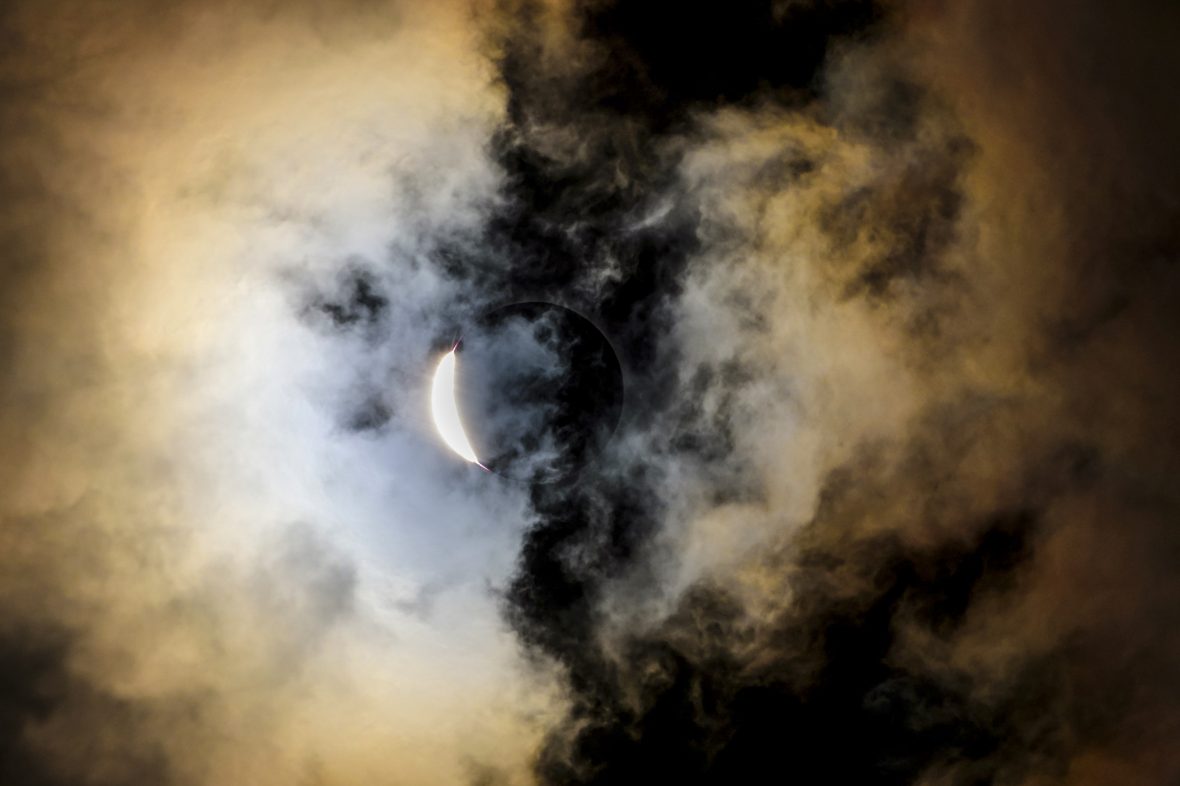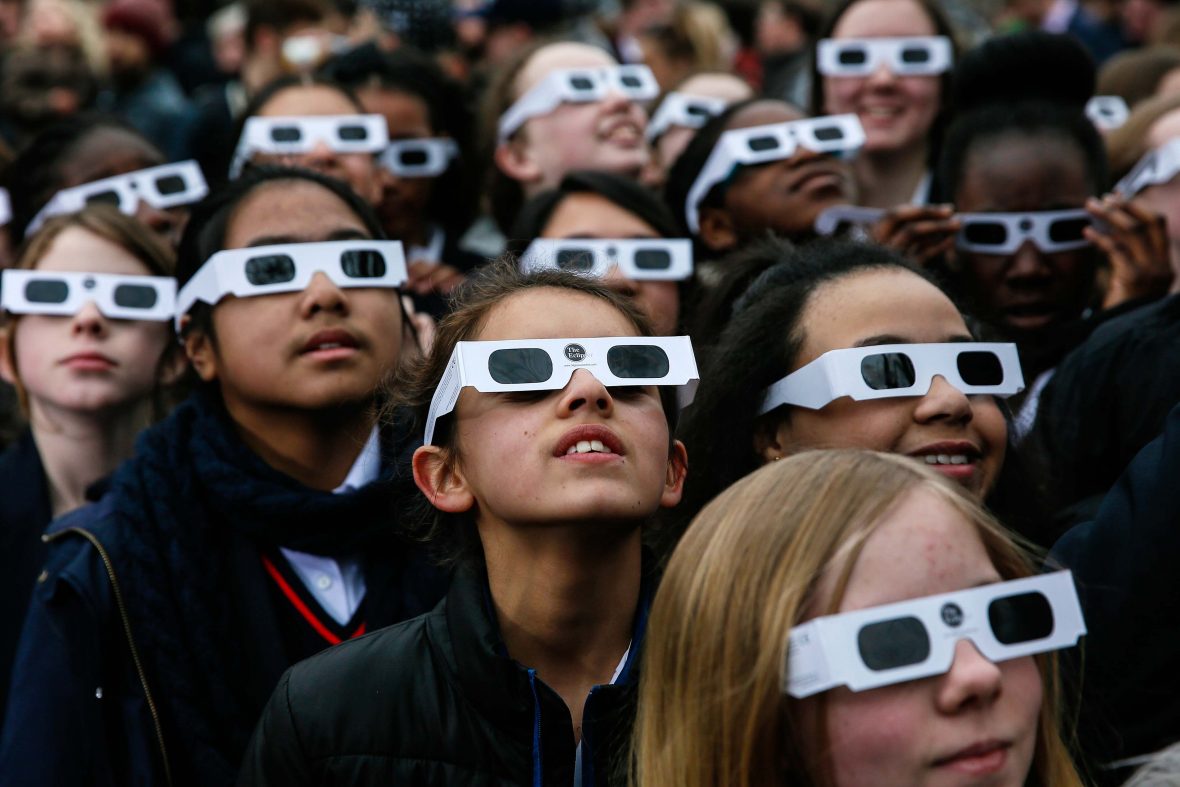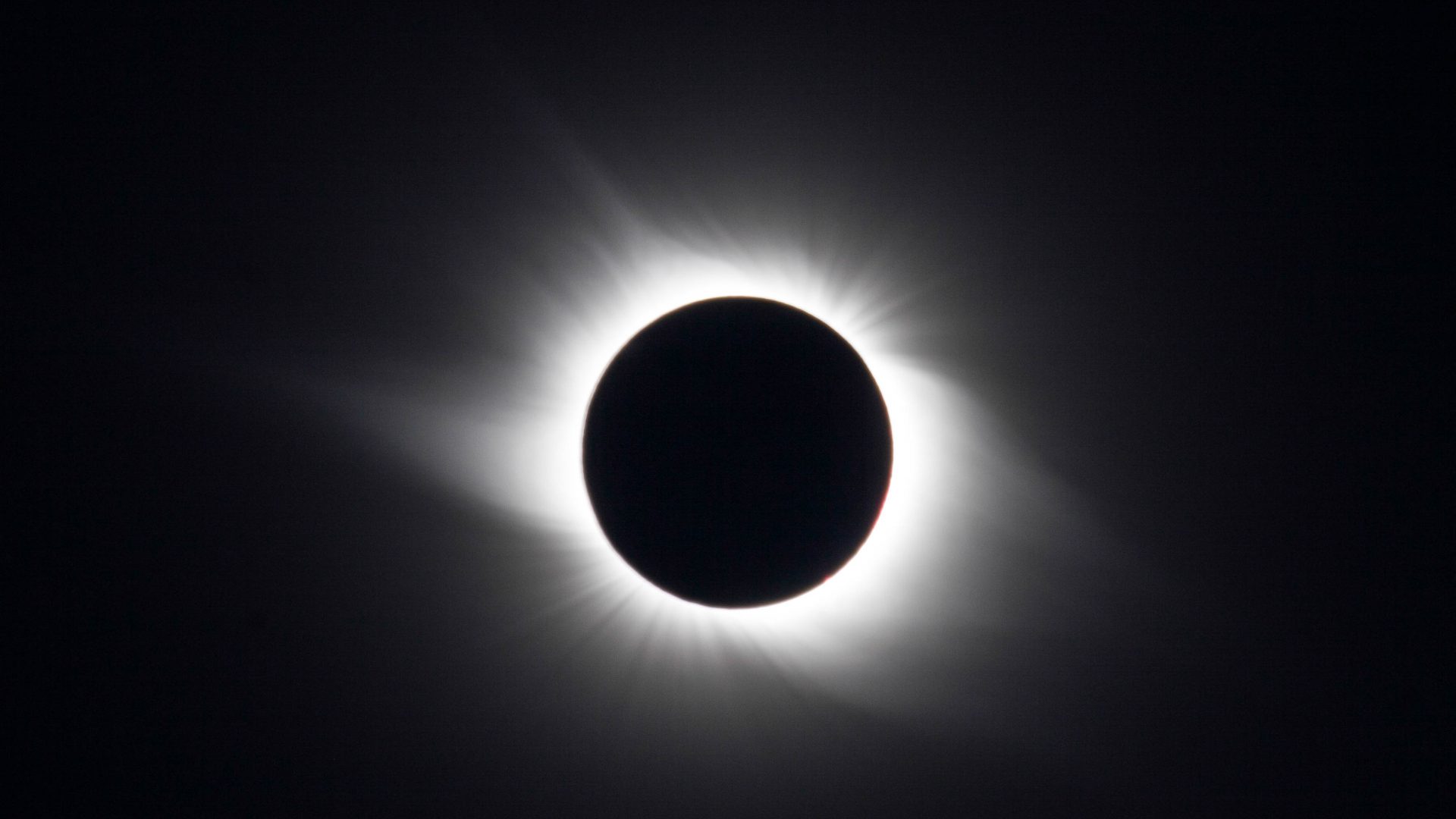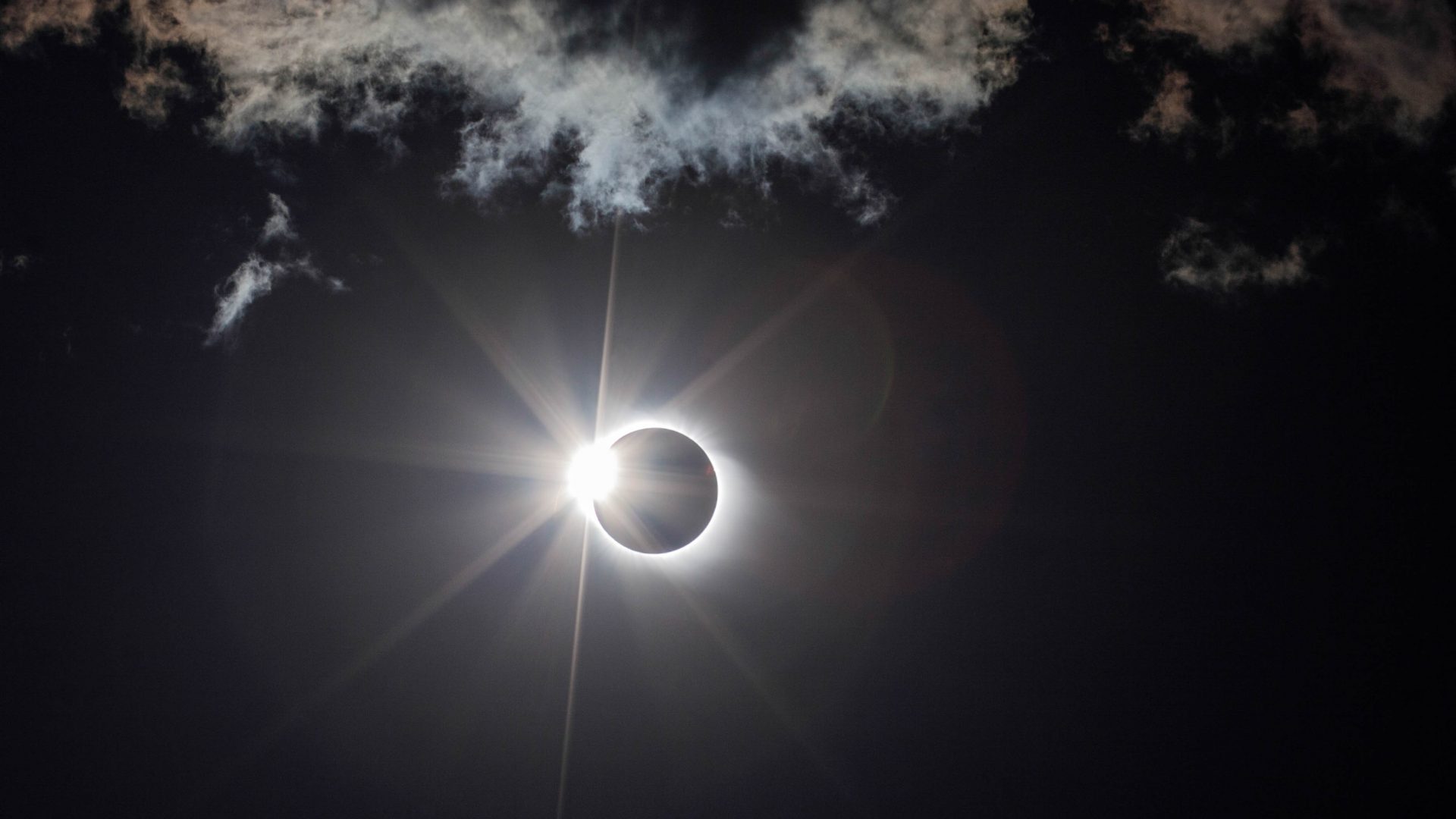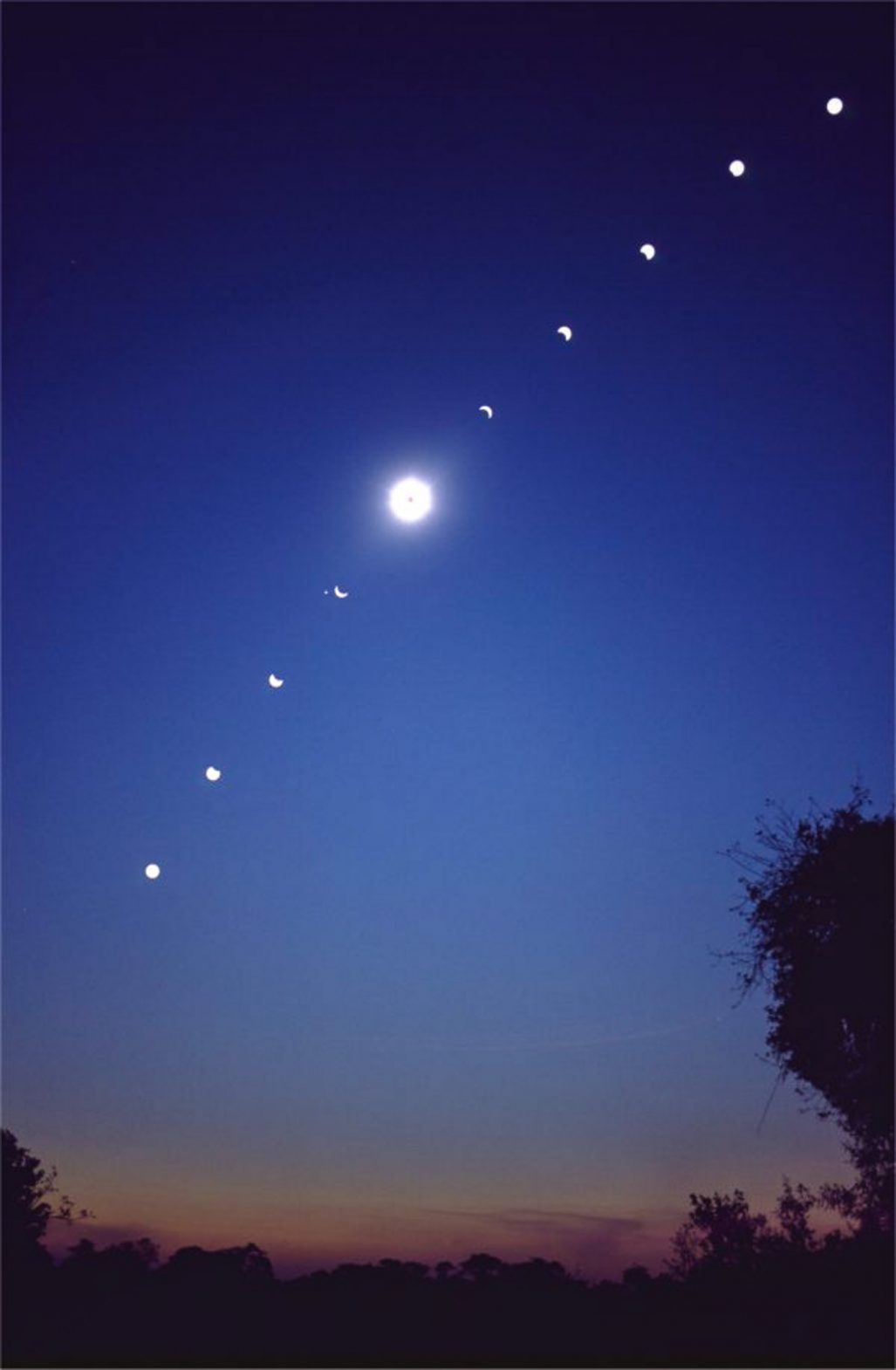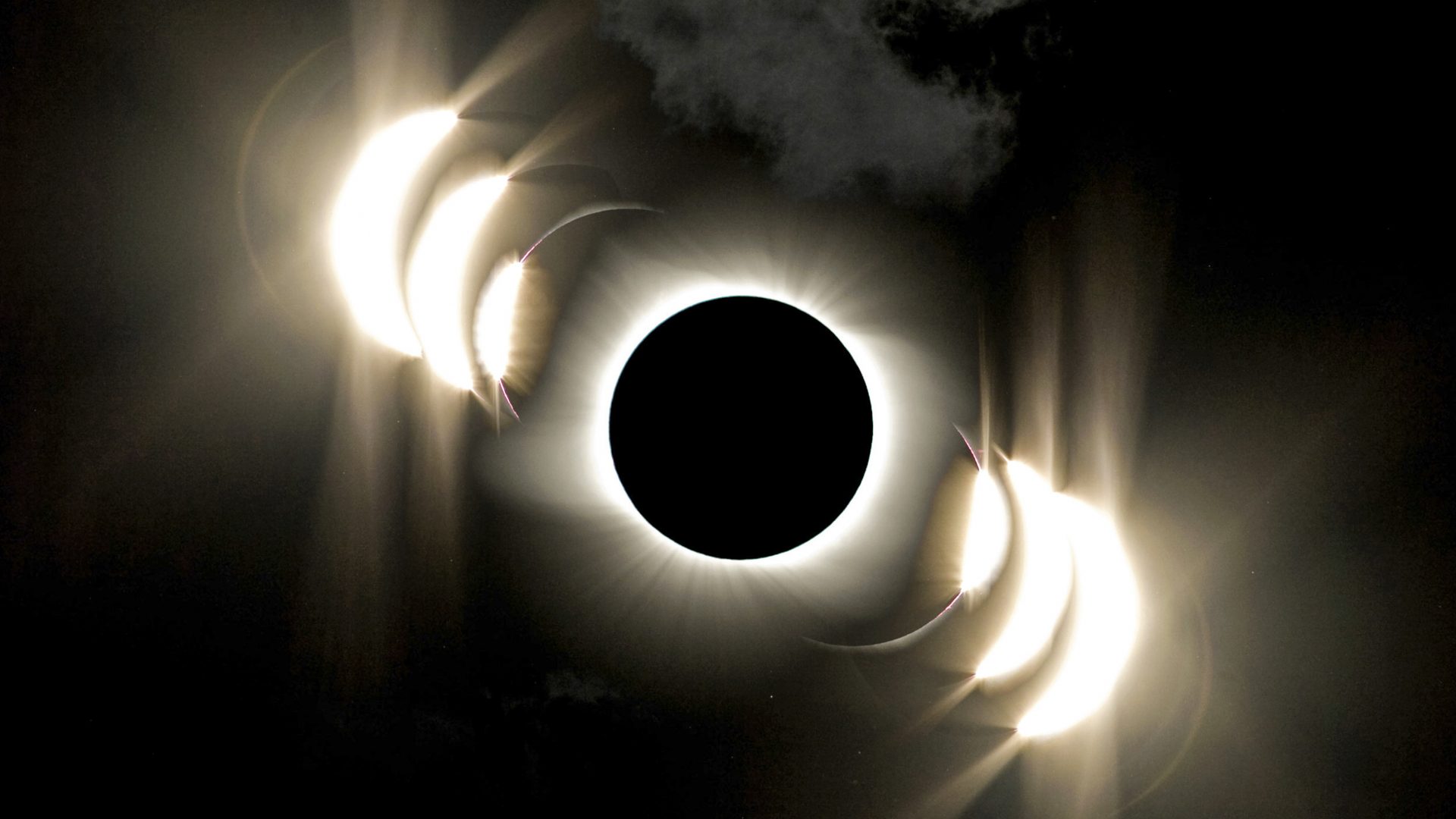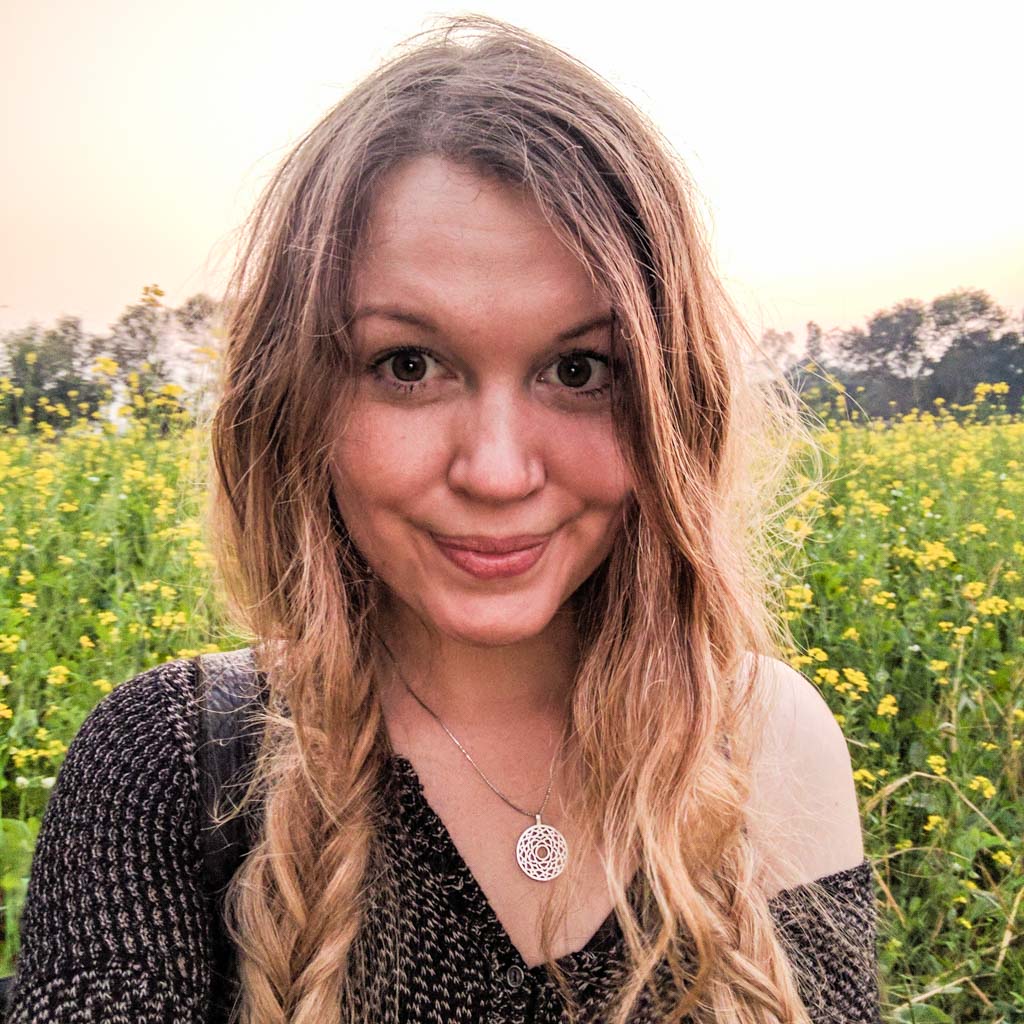
What’s so addictive about being in the shadow of the moon? Our Trailblazer Dr. Kate Russo, a psychologist turned eclipse chaser, tells us why she’s devoted to following ‘the path of darkness’ and where she’ll be for America’s total solar eclipse later this month.
The sun is going to disappear. America is going to be plunged into a state of darkness for a total of two minutes and 41 seconds. Unless you’re already living in a blackout, you’ve heard the news: The US will see its first total solar eclipse in nearly 40 years on August 21, 2017. This is a once-in-a-lifetime event you may regret missing for the rest of your life.
If anyone can convince you of that, it’s eclipse chaser Dr. Kate Russo. Her first total solar eclipse in 1999 was so life-changing that the Australian psychologist has since devoted her life to being in the shadow of the moon. Over the last two decades, Dr. Russo has chased 10 total solar eclipses around the world, from Madagascar to the Galapagos Islands to Mongolia.
RELATED: Photographer chases eclipses across 7 continents
Used to delving into the human psyche as a pediatric clinical psychologist, Dr. Russo studies the profound effect that eclipses have on humans and has authored several books on the topic, including her most recent book Being in the Shadow: Stories of the First-Time Total Eclipse Experience.
We caught up with Dr. Russo to find out what’s so addictive about seeing a total solar eclipse, what drives her to follow the path of darkness across the globe, and—of course—where she’ll be for the US’s biggest celestial event since 1979. In fact, we may even follow her there.




